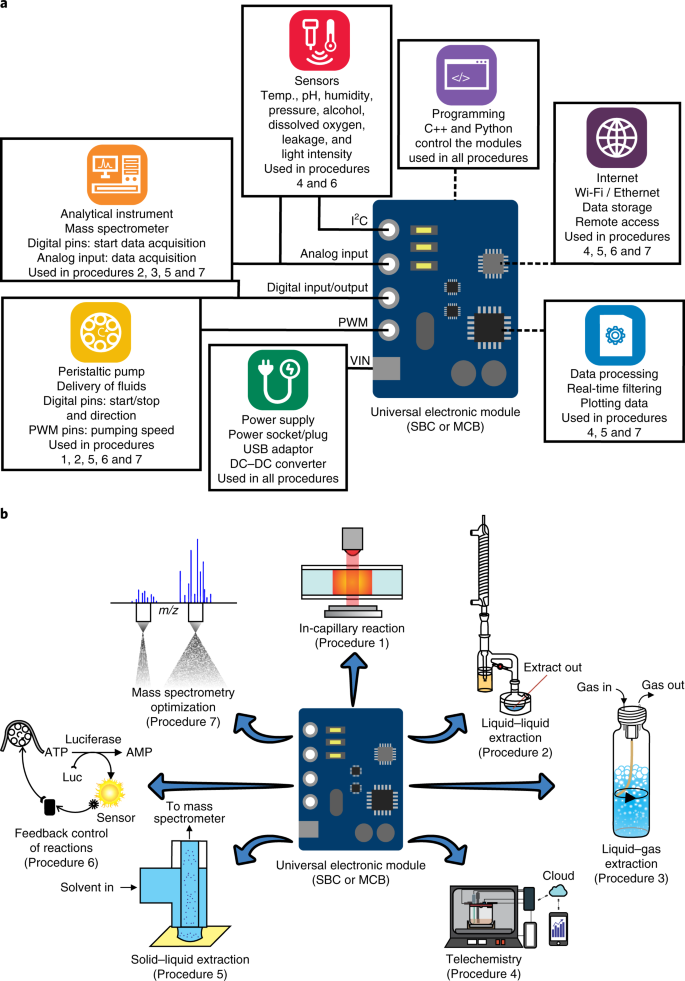

I will describe the process briefly here, if you are in doubt please refer to a more detailed process here and here. Setup Environment on Raspberry Pi for I2C Communication

On the Ardu ino Uno, the I2C pins are pins A4 ( SDA) and A5 ( SCL), On the Arduino Mega, they are 20 (SDA), 21 (SCL)įor information about the Arduino I2C Configuration and for other models of Arduino, check out this documentation Wire library. Note that the built-in pull-up resistors are only available on the Pi’s I2C pins (Pins 3 ( SDA) and 5 ( SCL), i.e. These are the images showing where the I2C pins are on the Raspberry Pi and Arduino. Remember though that if other I2C devices are added to the bus they must have their pull-up resistors removed. Because there is no pull-up resistors in the Arduino and because 3.3 volts is within the “low” logic level range for the Arduino everything works as it should. For “low” logic signal, it’s pulled up to the supply rail voltage level. Data is transmitted by pulling the lines to 0v, for a “high” logic signal.

The reason it works is because the Arduino does not have any pull-ups resistors installed, but the P1 header on the Raspberry P i has 1k8 ohms resistors to the 3.3 volts power rail. This is NOT needed if the Raspberry Pi is running as “master” and the Arduino is running as “slave”. There are tutorials suggest using a level converter for the I2C communication. The Raspberry Pi is running at 3.3 Volts while the Ardu ino is running at 5 Volts. Video can’t be loaded because JavaScript is disabled: Raspberry Pi and Arduino Connected Using I2C Communication Tutorial () How Does It Work? Is It Safe?


 0 kommentar(er)
0 kommentar(er)
